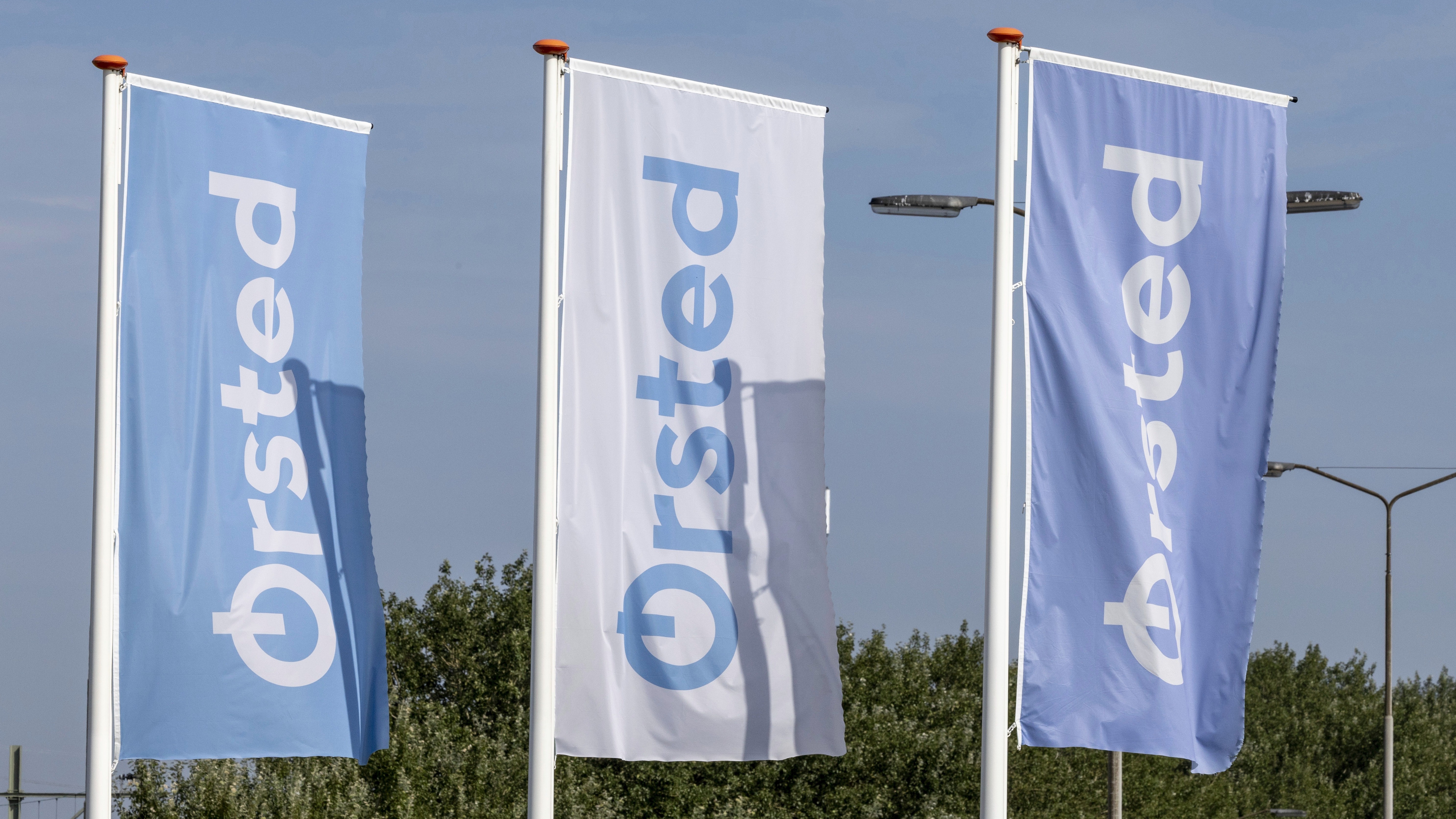A 23-year-old starts a new job. She remembers her parents griping and worrying about their stock investments during the financial crisis, and knows she too would feel terrible if she saw her hard-earned investing pounds go down in value. She decides to steer her workplace pension contributions to the conservative fund, which seems to be the safest option in her company's plan.
Meanwhile, a couple of thirty-somethings with a second baby on the way are saving towards a deposit on a home that they hope to buy when the lease on their one-bedroom place is up at the end of this year. They were investing in their company retirement plans during the financial crisis and have seen their balances rebound nicely, so they feel comfortable in their ability to tolerate future downturns. They put their down payment money in a global-equity fund, which seems to offer both diversification and the growth potential they seek.
You can probably spot the problems in both of these examples.
The 23-year-old has a long time horizon, and in turn a high risk capacity. Her investments can go up, down, and sideways in the months and years to come, but that won't really matter until 40 years from now, when she's ready to pull her money out. But she's letting her low risk tolerance—essentially, her comfort level with short-term volatility—dictate her decision-making.
Meanwhile, the prospective home purchasers are doing essentially the same thing—albeit in the opposite direction. They know their ability to cope with short-term fluctuations is good; they've even stress-tested it. Yet their risk capacity for their down-payment nest egg—the ability to withstand those fluctuations without having to change their plans—is actually pretty low. True, stocks have positive gains 90% of the time during rolling 10-year periods, meaning that it's completely logical for them to have a high risk tolerance for their retirement assets. But stocks tend to lose money about a quarter of the time over rolling 12-month periods—unattractive odds, given that their time horizon is also 12 months. Their risk capacity for their deposit fund is low, because losses in their principal over their short holding period would force them to derail their plans.
Risk Tolerance, Hop in the Back Seat
Such disconnects are pretty common, and it's no wonder, given that investors are often taught to focus on risk tolerance. When filling out online questionnaires, prospective investors are often asked whether a one-day loss of 10% would disrupt their sleep patterns or cause them to feel anxious. In turn, they're supposed to use that knowledge to inform their portfolio positioning.
Meanwhile, crucial questions that help draw some parameters around risk capacity—homing in on financial goals and time horizons for them—are often drowned out, or not asked at all. That helps explain why investors often build portfolios that are too aggressively positioned—or too meekly—for what they're trying to achieve. An assessment of risk capacity, and constructing a portfolio whose securities are a good fit for one's time horizon, are jobs 1 and 2 of the portfolio-building process. An assessment of risk tolerance, meanwhile, is in the category of "nice to have."
That's not to suggest that assessing one's own risk tolerance is a useless exercise, though. If investors craft investment plans that are appropriate for their risk capacity/time horizon but make them anxious, there's a risk they'll capture the worst of all worlds by making changes at the wrong times. Investors with overly aggressive portfolios are apt to switch to a more conservative mix when their holdings are down, while those with overly conservative portfolios may be enticed to swap into a more assertive positioning after a strong run in aggressive-growth stocks has already happened. (That latter temptation may be particularly great right now, as stocks have soared, cash yields nothing, and interest-rate worries loom over bonds.)
What Can You Do If You Have a Mismatch?
So how should investors attempt to mend fences if their risk tolerance is fighting with their risk capacity? A couple of ideas come to mind.
Employing hybrid-type funds as core holdings is one way to help heal the divide, especially for investors with a high risk capacity but below-average risk tolerance. Such investors might seek out investments that are primarily composed of stocks, but hold smaller positions in more conservative securities that help tamp down volatility.
Low risk tolerance/high risk capacity investors can also address the disconnect by employing valuation-conscious active equity-fund managers with a good track record of not overpaying for merchandise.
Finally, practicing good portfolio hygiene—building new positions gradually and employing disciplined rebalancing—is another way that risk-averse investors can take the edge off a portfolio that's appropriate for their time horizon.
Meanwhile, investors with lower risk capacities but high risk tolerances have fewer tools at their disposal, but they do have some. For investors who are funding goals that are close at hand—which is by definition what investors with low risk capacities are doing—it can be helpful to segment the portfolio by time horizon, as is the case with the bucket strategy. In that way, investors can see how much they must earmark in short-term securities to fund near-term goals and how much they can safely invest in stocks and other higher-returning but more volatile assets.





























